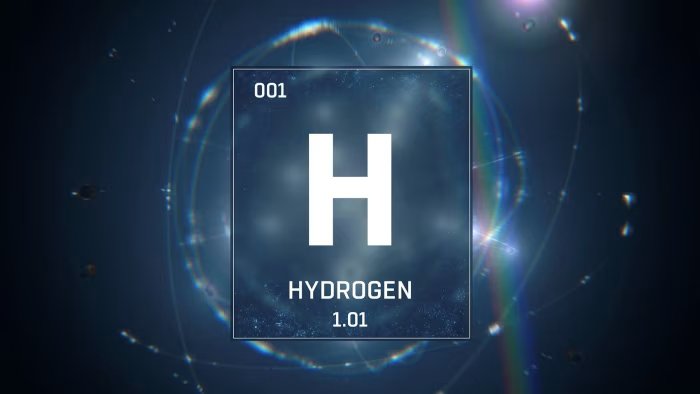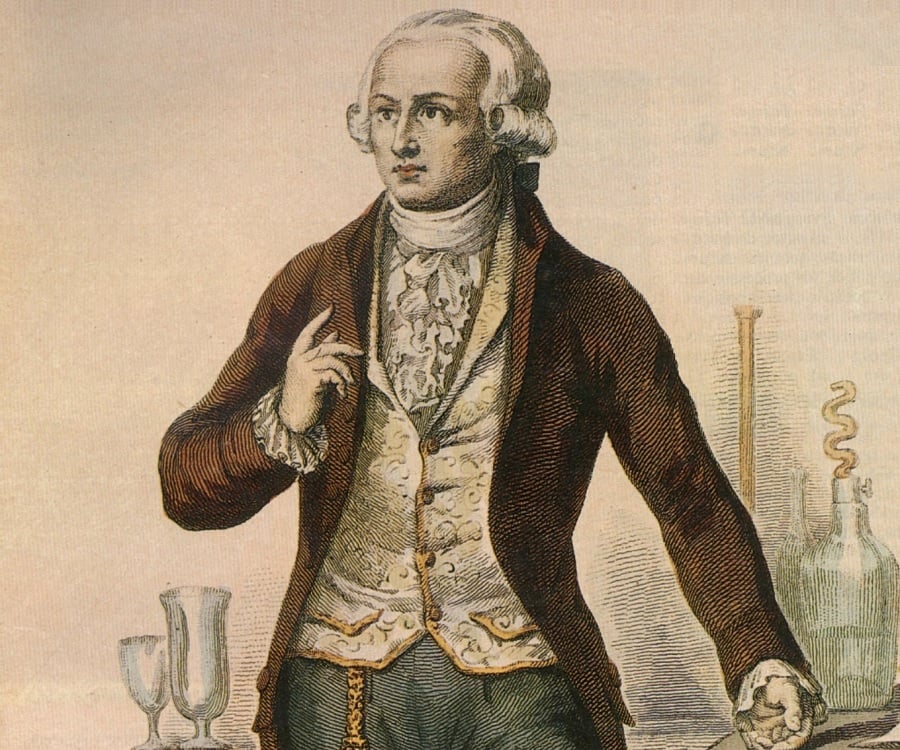Identity.
Hydrogen, the first element on the periodic table, holds a unique
position in the realm of chemistry. Its identity is defined by its
fundamental properties and characteristics, which set it apart from
all other elements. Hydrogen is a chemical element; it has symbol H
and atomic number 1. It is the lightest element and, at standard
conditions, is a gas of diatomic molecules with the formula H2.
Atomic Structure:
Hydrogen atoms consist of a single proton in the nucleus, orbited by a
single electron. This simple atomic structure makes hydrogen the
lightest and most abundant element in the universe.
History.
On Earth, hydrogen is believed to have been present since its
formation about 4.5 billion years ago. It was likely a major component
of the early atmosphere and oceans, but due to its high reactivity, it
gradually reacted with other elements to form compounds such as water
and methane. As a result, free hydrogen became scarce on Earth's
surface, although it remained abundant in the atmosphere of the outer
planets like Jupiter and Saturn.
The scientific study of hydrogen began in the 16th century when
the Swiss alchemist Paracelsus observed the reaction between iron
and sulfuric acid, which produced a gas that he called "gas
venenatum" (poisonous gas). In the 17th century, the English
scientist Henry Cavendish further investigated this gas and
recognized it as a distinct substance. He named it "inflammable
air" due to its ability to burn.
In the 18th century, the French chemist Antoine Lavoisier
conducted a series of experiments that helped establish the true
nature of hydrogen. He showed that water is composed of hydrogen
and oxygen, and he gave hydrogen its current name, derived from
the Greek words "hydro" (water) and "genes" (forming).
Since then, hydrogen has played a crucial role in various scientific
and technological advancements. It is used as a fuel in rockets, fuel
cells, and internal combustion engines. It is also employed in the
production of fertilizers, plastics, and other chemicals.
Additionally, hydrogen is being explored as a potential clean energy
source due to its high energy content and zero emissions when used as
a fuel.
Sources.
Hydrogen occurs naturally on earth only in compound form with other
elements in liquids, gases, or solids. Hydrogen is the most abundant
element in the Universe and is also very common on the Earth.
Hydrogen is an essential element for life. It is present in water and
in almost all the molecules in living things. However, hydrogen itself
does not play a particularly active role. It remains bonded to carbon
and oxygen atoms, while the chemistry of life takes place at the more
active sites involving, for example, oxygen, nitrogen and phosphorus.
Properties.
Hydrogen is the first element in the periodic table, with the chemical
symbol H. It is the most abundant chemical element in the universe,
making up about 92% of all atoms. Hydrogen is a colorless, odorless,
tasteless, non-metallic gas with the lowest density of all the
elements.
Hydrogen has three naturally occurring isotopes: protium, deuterium,
and tritium. Protium is the most common isotope, accounting for about
99.985% of all hydrogen atoms. Deuterium is a stable isotope with a
nucleus containing one proton and one neutron, and it accounts for
about 0.015% of all hydrogen atoms. Tritium is a radioactive isotope
with a nucleus containing one proton and two neutrons, and it has a
half-life of 12.3 years.
Hydrogen is highly flammable and can react with many elements to form
compounds. It is the primary component of water and is also found in
many other compounds, including hydrocarbons, alcohols, and acids.
Hydrogen is used in a wide variety of industrial processes, including
the production of fertilizers, plastics, and fuels. It is also used as
a fuel in rockets and fuel cells.


